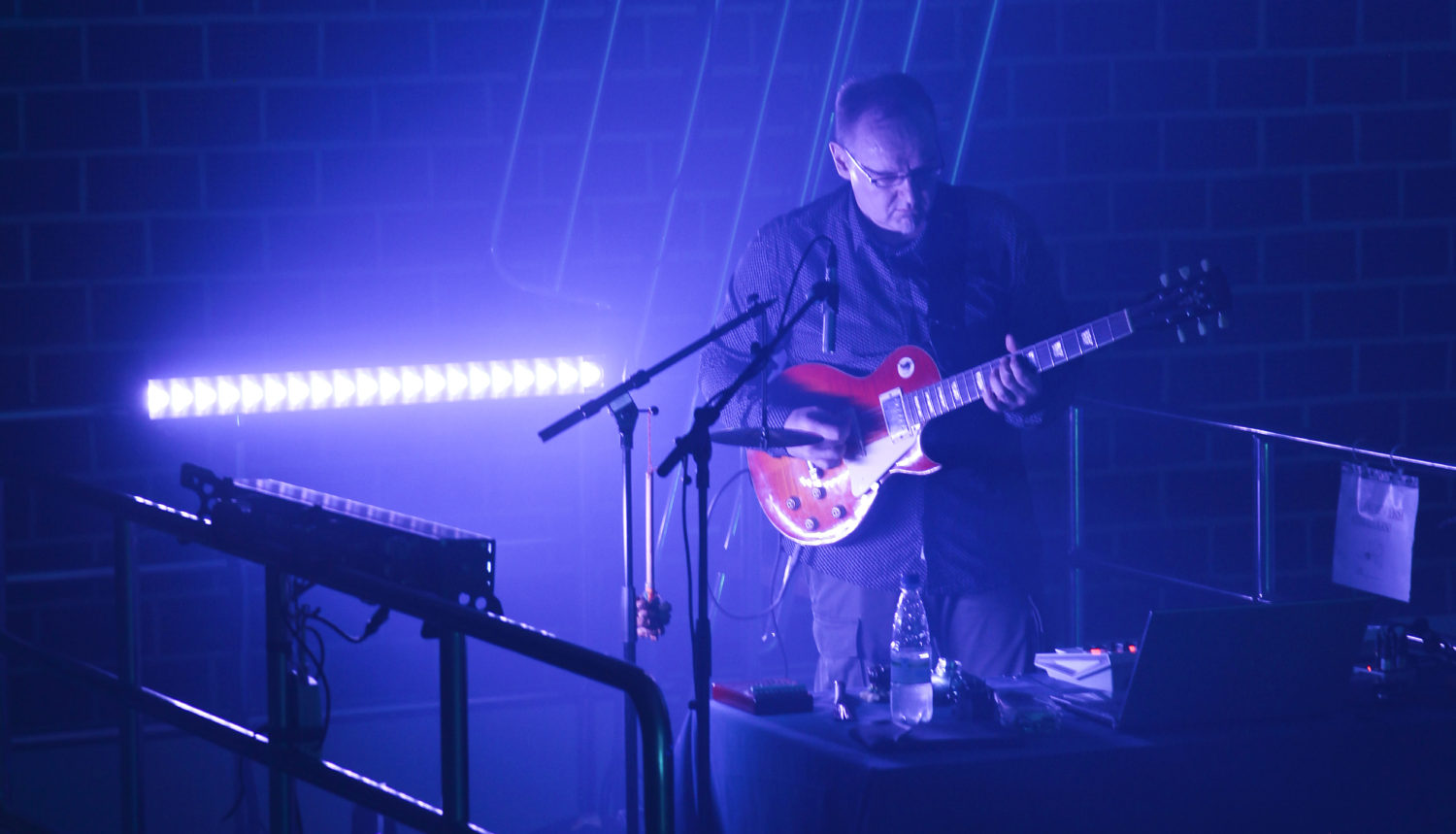Helicotrema: Petri Kuljuntausta Interview
| For Helicotrema, you will present a new work, The Great White Bird. Can you talk about the genesis of the piece, as well as its title?
I started the composition work by arranging a recording trip to West Coast of Finland on 18-19th of May, 2012. The recording place was a tower build for birdwatchers at the conservation area by the sea (60°63’N, 21°85’E). There were many birds singing in the area, but when I was watching and listening this mythic and gallant bird, I made the decision that the swan will be the sound subject for my composition. During the recording there were dozens of swans in the Bay. The swans were singing, making sound signals, splashing water with their strong wings and fighting with the competitors. I have never seen so many swans, so the place and timing was perfect for my recording. After the trip I listened and tested the recorded material at my studio, selected the sound segments that I wanted to use and started the composition work. You use field recordings but then, in the composition work, you break and twist them into abstract sound forms. Can you talk about this aspect of your work? Sometimes I have wanted to use electronic sounds in the context of Soundscape work, like in the pieces Vroom!! (2000), In the Beginning (2001), and April Fool (1997). These works are still soundscape works, but they also contains electronically created sound dimensions. With The Great White Bird, I decided to go step further. This time I wanted to broke the bird song to pieces and make complex sound processing. The swan sounds are alienated and distorted. Straight connection to the original environment and its acoustic characteristics is broken. During the composition process I worked with the sound colors of swan song, instead of real singing lines. The sound processing method is based on granular synthesis. Despite of the broken material and abstract feel of the work, the whole work is still connected to the swan, and the concentrated listener might recognize very short fragments of the swan singing here and there. We (Blauer Hase) are working on Paesaggio, a series of publications with artists’ writings on landscape. What is the role landscape plays in your research? I am connected quite well to this field and I think this is important to my own progress as an artist. I have often worked with scientists and through them have learned so much on the environment, its acoustic characters and acoustic balance. I have also learned that there is no one way to look into the matter; biodiversity — or multiplicity of opinions — is important for art and science as well. I am active in Acoustic Ecology, and I am a founding member of local Acoustic Ecology association. I am also vice-president of the recently founded Urban Unknown City association, which is focused on the site-specific art projects. |
